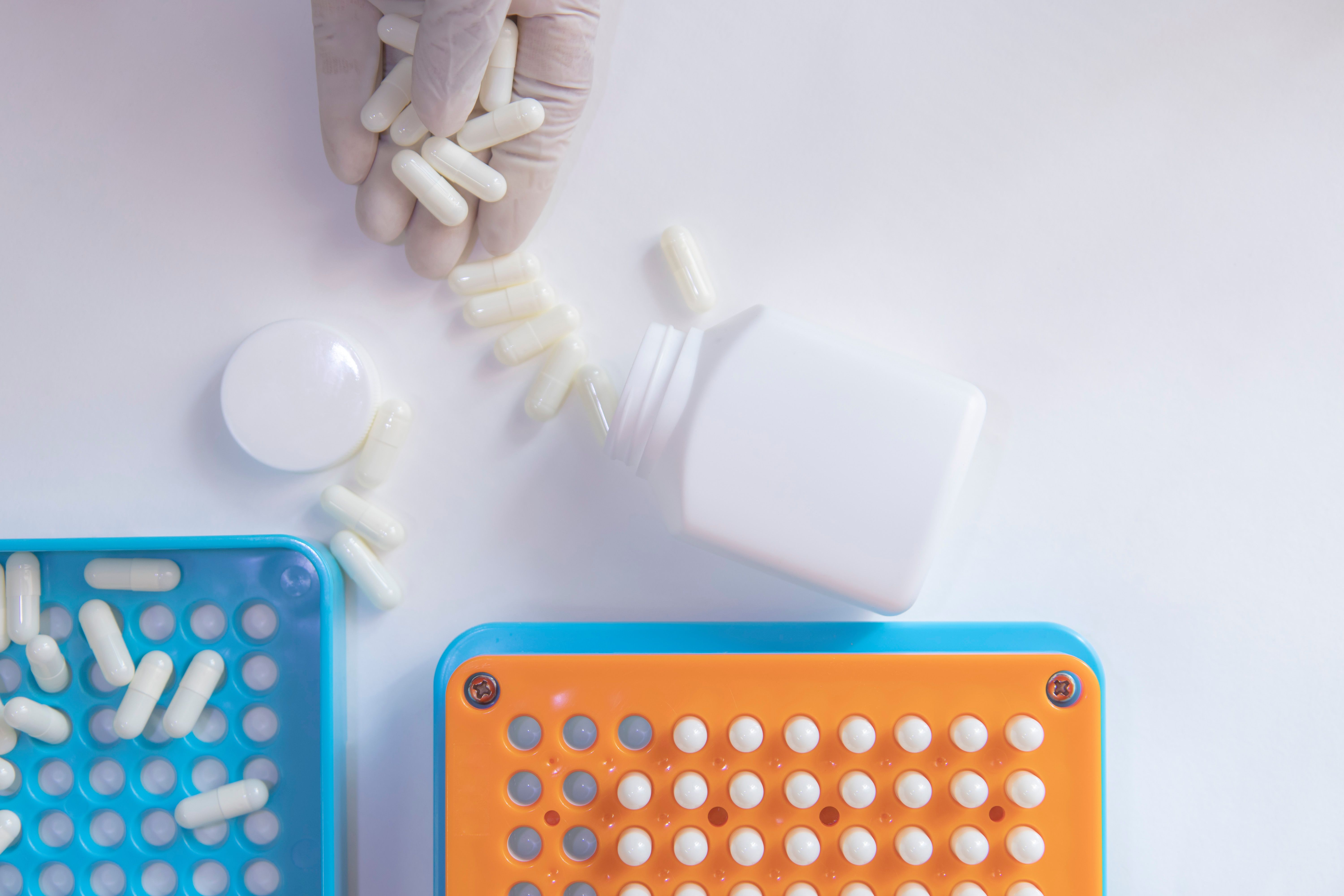Article
Scientists Reveal Knowledge Gap in Type 2 Diabetes Medication
Author(s):
Study examines the potential impact from GLP-1 agonists, or incretin mimetics to treat diabetes.
Study examines the potential impact from GLP-1 agonists, or incretin mimetics to treat diabetes.
A recent study illustrated the gap in knowledge about the effects of a family of drugs that are used to treat type 2 diabetes.
Researchers behind the study said that while their results are speculative, it illustrates a lack of knowledge about the potential impact from a group of treatments known as GLP-1 agonists, or incretin mimetics. The survey found that 1 treatment in particular has the hitherto unrecognized potential to activate receptor sites for the hormone glucagon.
This activation can promote the release of sugars into the blood, a process that GLP-1 agonists are supposed to prevent. The investigators stress that these are only initial findings and further research needs to be conducted in order to confirm or disprove these findings.
Researchers also say there is no evidence to support the notion that GLP-1 agonists are in any way dangerous for patients, but they do call for a more comprehensive approach to testing new drugs of this type before they become marketable.
“What we have shown is that we need a more complete understanding of how anti-diabetic drugs interact with receptors in different parts of our bodies,” said Dr. Graham Ladds from St John’s College, University of Cambridge.
“GLP-1 agonists clearly benefit many patients with Type 2 diabetes and there is no reason to presume that our findings outweigh those benefits. Nevertheless, we clearly lack a full picture of their potential impact. Understanding that picture, and being able to consider all the components of target cells for such treatments, is vital if we want to design drugs that have therapeutic benefits for diabetes patients, without any unwanted side effects.”
Patients with diabetes suffer from high blood sugar levels that are caused by insufficient insulin production. According to the World Health Organization, approximately 347 million people are living with diabetes, which is likely to become the seventh leading cause of death in the world by the year 2030.
GLP-1 agonists are injectable medications that are prescribed to individuals who have not achieved a positive response from lifestyle changes or first-stage tablet treatments. They work by imitating the effects of a naturally-occurring hormone, called a Glucagon-like peptide (GLP-1).
The imitation hormone works to regulate blood sugar levels by stimulating the release of insulin and inhibiting glucagon, a hormone that allows the liver to release stored sugar into the bloodstream. Additionally, both GLP-1 and GLP-1 agonists have many other potentially beneficial effects, including telling the brain when a person is full, which caused scientists to conclude that these GLP-1 agonists may help with weight loss.
Like other peptides, GLP-1 takes effect by binding to specific receptor sites in the cells of the body. GLP-1 agonists imitate this action and bind to these receptors in the same way.
However, the new study investigated the possibility that rather than binding to the receptors, GLP-1 and GLP-1 agonists may bind to the receptor for glucagon instead. This belongs to the same general type of receptors but the effects would be detrimental with it potentially enabling the release of more sugar into the bloodstream.
A number of previous studies stated this was not possible, but in the current study the team proved that in certain conditions, GLP-1 can bind to the glucagon receptor. Initial experiments performed on yeast containing the receptor showed that it was activated by not only GLP-1, but also by a GLP-1 agonist.
Further experiments were then carried out in a mammalian model, with similar results observed. The researchers found that the decisive element was another protein called a receptor activity-modifying protein (RAMP2).
When the protein was present, it prevented the peptides from binding to the glucagon receptors. When RAMP2 was absent, binding once again became possible.
There is little knowledge about RAMP2 presently, but tests in mice have revealed varying levels in different parts of the body. In the liver, for instance, levels of RAMP2 appear to be lower than in other parts of the body.
As a result, it is possible that some GLP-1 agonists could activate these receptors and, potentially, promote the effects of glucagon, which they are supposed to inhibit.
“The work shows that, contrary to our previous assumptions, glucagon receptors can potentially be activated by anti-diabetic treatments,” Dr. Ladds added. “To date, very little work has been done on RAMPs, but they clearly play an important part in the process of regulating blood sugar, which is core to helping people with diabetes. The study shows that there is a critical need to take this into account when designing new therapeutics.”






